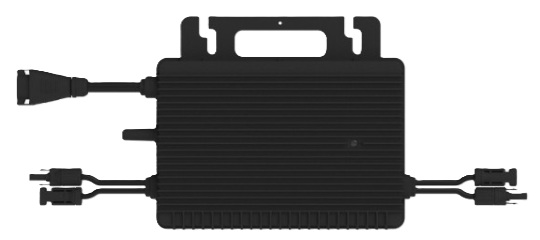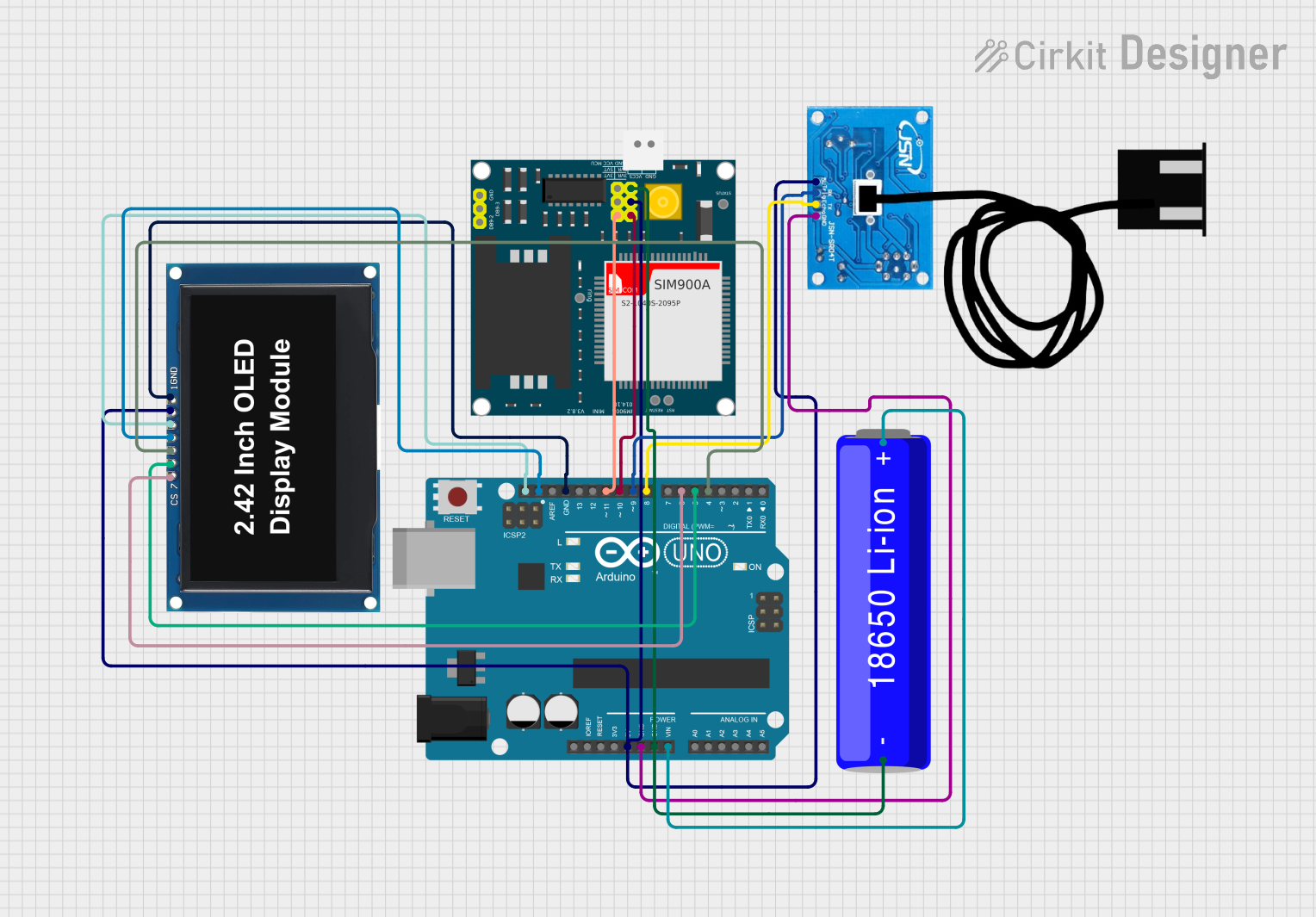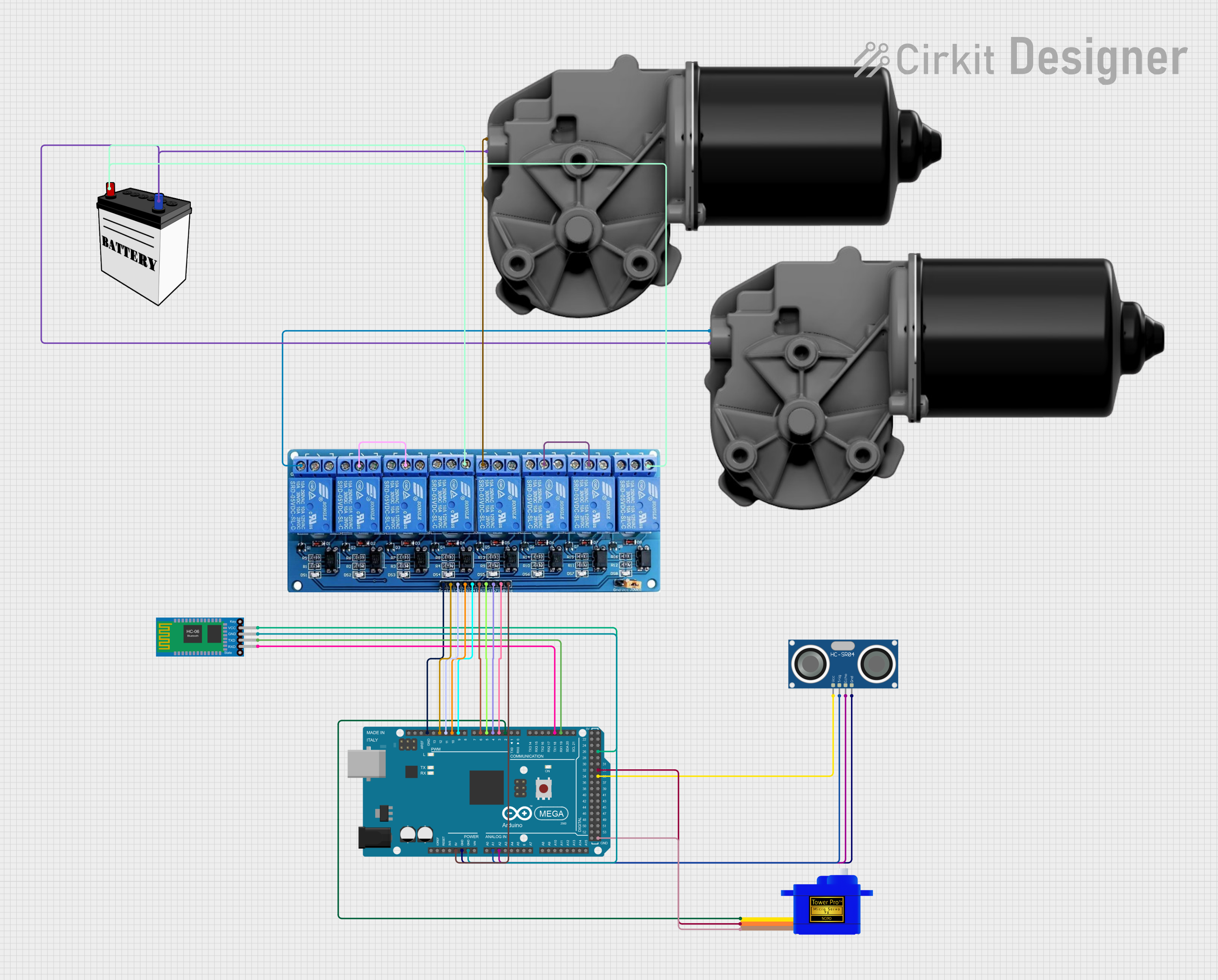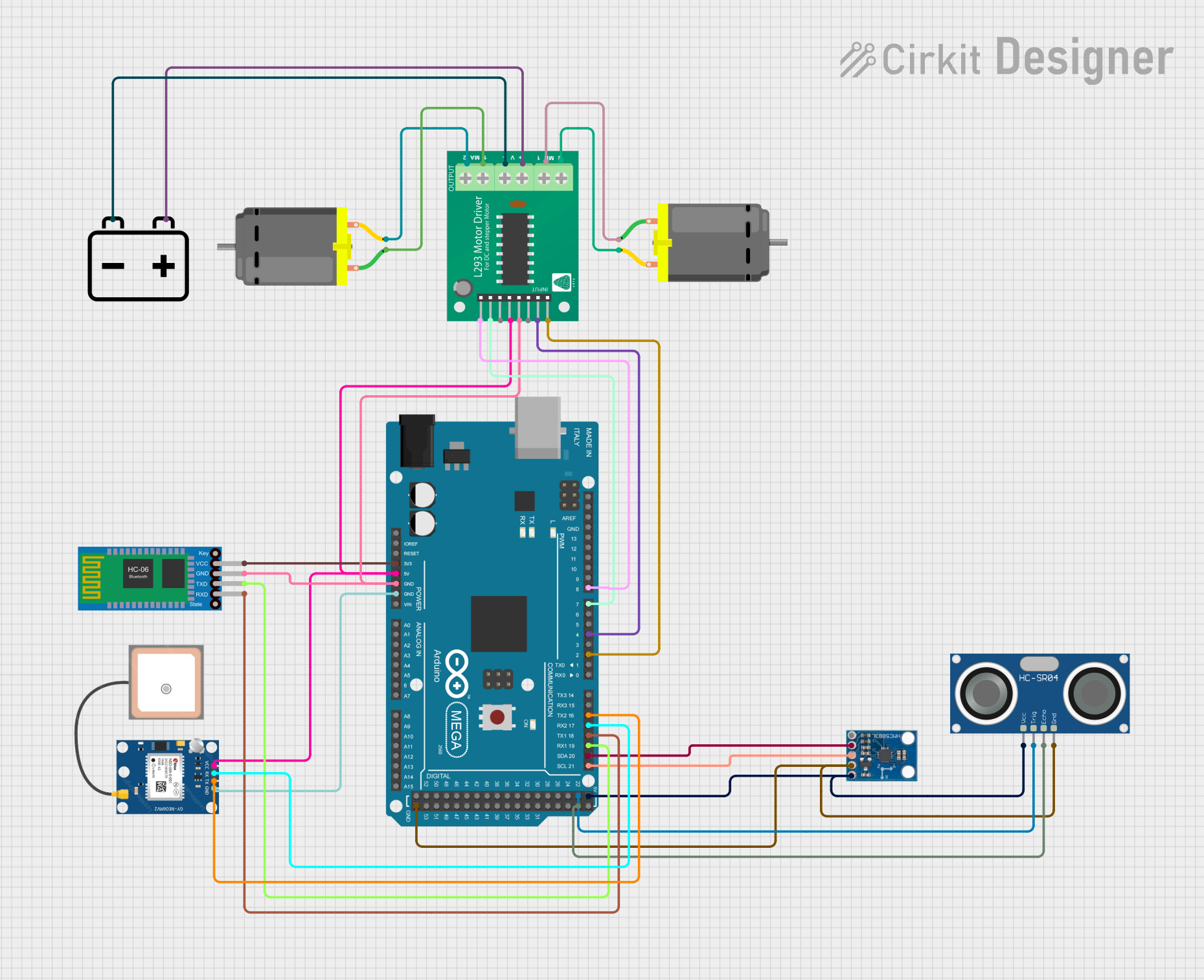
How to Use Hoymiles HMS-1000-2T: Examples, Pinouts, and Specs

 Design with Hoymiles HMS-1000-2T in Cirkit Designer
Design with Hoymiles HMS-1000-2T in Cirkit DesignerIntroduction
The Hoymiles HMS-1000-2T is a high-efficiency solar inverter designed to convert direct current (DC) generated by solar panels into alternating current (AC) suitable for powering homes and businesses. This microinverter is engineered for optimal performance, offering advanced monitoring capabilities and robust reliability. Its compact design and high energy conversion efficiency make it an ideal choice for residential and commercial solar energy systems.
Explore Projects Built with Hoymiles HMS-1000-2T

 Open Project in Cirkit Designer
Open Project in Cirkit Designer
 Open Project in Cirkit Designer
Open Project in Cirkit Designer
 Open Project in Cirkit Designer
Open Project in Cirkit Designer
 Open Project in Cirkit Designer
Open Project in Cirkit DesignerExplore Projects Built with Hoymiles HMS-1000-2T

 Open Project in Cirkit Designer
Open Project in Cirkit Designer
 Open Project in Cirkit Designer
Open Project in Cirkit Designer
 Open Project in Cirkit Designer
Open Project in Cirkit Designer
 Open Project in Cirkit Designer
Open Project in Cirkit DesignerCommon Applications and Use Cases
- Residential solar energy systems
- Commercial solar installations
- Grid-tied solar power systems
- Systems requiring module-level monitoring and optimization
- Environments with partial shading or complex roof layouts
Technical Specifications
Key Technical Details
| Parameter | Specification |
|---|---|
| Model | HMS-1000-2T |
| Input Voltage Range (DC) | 16V - 60V |
| Maximum Input Voltage (DC) | 65V |
| Output Voltage (AC) | 230V ± 10% (single-phase) |
| Maximum Output Power | 1000W |
| Peak Efficiency | 96.7% |
| MPPT Voltage Range | 22V - 48V |
| Communication | 2.4 GHz wireless (via Hoymiles DTU) |
| Operating Temperature | -40°C to +65°C |
| Ingress Protection | IP67 (dustproof and waterproof) |
| Dimensions | 259mm x 177mm x 28mm |
| Weight | 2.5 kg |
Pin Configuration and Descriptions
The Hoymiles HMS-1000-2T features pre-configured input and output connectors for ease of installation. Below is a description of the key connections:
| Pin/Connector Name | Description |
|---|---|
| DC Input (+) | Positive terminal for solar panel connection |
| DC Input (-) | Negative terminal for solar panel connection |
| AC Output (L) | Live wire for AC output |
| AC Output (N) | Neutral wire for AC output |
| Ground (PE) | Protective earth connection |
Usage Instructions
How to Use the Component in a Circuit
- Mounting the Inverter: Secure the HMS-1000-2T to a suitable surface using the provided mounting brackets. Ensure proper ventilation around the unit.
- Connecting the Solar Panels:
- Connect the positive and negative terminals of the solar panel(s) to the DC input connectors of the inverter.
- Ensure the input voltage is within the specified range (16V - 60V).
- Connecting to the AC Grid:
- Connect the AC output terminals (L, N, and PE) to the grid or load.
- Verify that the grid voltage matches the inverter's output voltage (230V ± 10%).
- Monitoring Setup:
- Pair the inverter with a Hoymiles Data Transfer Unit (DTU) for real-time monitoring and performance tracking.
- Follow the DTU's user manual for pairing instructions.
- Power On:
- Turn on the inverter and verify that the status indicator shows normal operation.
Important Considerations and Best Practices
- Safety First: Always disconnect the inverter from the grid and solar panels before performing maintenance or wiring changes.
- Voltage Matching: Ensure the solar panel's voltage and power output are compatible with the inverter's input specifications.
- Grounding: Properly ground the inverter to prevent electrical hazards.
- Shading: Minimize shading on solar panels to maximize energy production.
- Firmware Updates: Regularly update the inverter's firmware via the DTU to ensure optimal performance and access to new features.
Arduino Integration
While the Hoymiles HMS-1000-2T is not directly compatible with Arduino, you can use an Arduino to monitor the inverter's performance by interfacing with the DTU's data output. Below is an example of how to read data from the DTU using an Arduino:
#include <SoftwareSerial.h>
// Define RX and TX pins for communication with the DTU
SoftwareSerial DTUSerial(10, 11); // RX = pin 10, TX = pin 11
void setup() {
Serial.begin(9600); // Initialize serial monitor
DTUSerial.begin(9600); // Initialize DTU communication
Serial.println("Hoymiles DTU Monitoring Started");
}
void loop() {
// Check if data is available from the DTU
if (DTUSerial.available()) {
String data = DTUSerial.readString(); // Read data from DTU
Serial.println("DTU Data: " + data); // Print data to serial monitor
}
delay(1000); // Wait 1 second before next read
}
Note: The above code assumes the DTU outputs data in a serial format. Refer to the DTU's documentation for specific communication protocols.
Troubleshooting and FAQs
Common Issues and Solutions
| Issue | Possible Cause | Solution |
|---|---|---|
| Inverter does not power on | No DC input or incorrect wiring | Check solar panel connections and voltage |
| Low energy output | Shading or low sunlight | Ensure panels are clean and unshaded |
| Communication failure with DTU | Weak wireless signal or pairing issue | Re-pair the DTU and ensure strong signal |
| Over-temperature shutdown | Poor ventilation or high ambient temp | Improve ventilation or reduce load |
| Grid connection error | Grid voltage/frequency out of range | Verify grid parameters and connections |
FAQs
Can the HMS-1000-2T operate off-grid?
- No, this inverter is designed for grid-tied systems and requires a stable grid connection to operate.
What happens during a power outage?
- The inverter automatically shuts down during a power outage to prevent backfeeding into the grid, ensuring safety.
How do I update the firmware?
- Use the Hoymiles DTU to download and install firmware updates. Refer to the DTU's user manual for detailed instructions.
Can I connect multiple inverters in parallel?
- Yes, multiple HMS-1000-2T inverters can be connected in parallel for larger systems. Ensure proper system design and load balancing.
By following this documentation, users can effectively install, operate, and troubleshoot the Hoymiles HMS-1000-2T solar inverter for optimal performance in their solar energy systems.